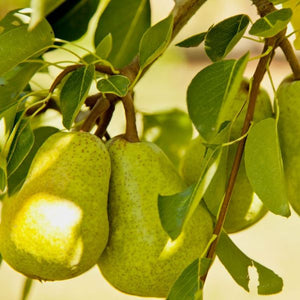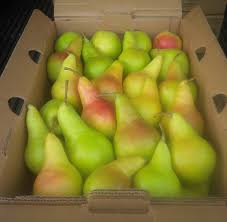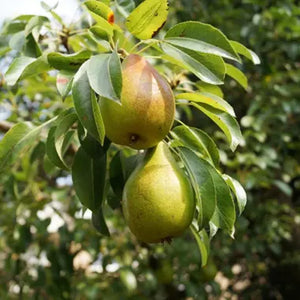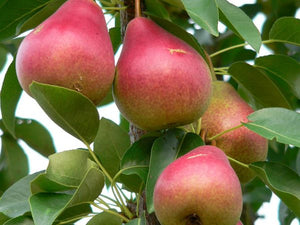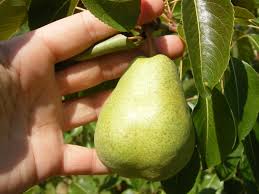European Pear MAX RED BARTLETT Semi-Dwarf (OHxF87)
Shipping calculated at checkout
28 in stock
Need more? Contact us
This tree needs pollination
Compatible trees:
BARTLETT pear tree DWARF
BARTLETT pear tree DWARF
Pear tree 'Dewdrop on OHxF87 semi dwarf
Pear tree 'Dewdrop on OHxF87 semi dwarf
European pear tree SHENANDOAH Semi-dwarf (OHXF87)
European pear tree SHENANDOAH Semi-dwarf (OHXF87)
SUMMERCRISP pear SEMI-DWARF
SUMMERCRISP pear SEMI-DWARF
Pear Patten on OHxF87 semi dwarf
Pear Patten on OHxF87 semi dwarf
Must be pollinated with other European varieties
What are Red Bartlett pears? Imagine fruit with the classic Bartlett pear shape and all that wonderful sweetness, but in hues of blazing red. Red Bartlett pear trees are a joy in any garden, ornamental, fruitful and easy to grow. For tips on how to grow red Bartlett pears, read on. What are Red Bartlett Pears? If you're familiar with the classic yellow-green Bartlett pears, you'll have no trouble recognizing Red Bartlett pears. The Red Bartlett pear tree produces typical "pear-shaped" pears, with a rounded bottom, definitive shoulder and small stem end. On the other hand, they are red. Red Bartlett was discovered as a "sport bud" shoot that developed spontaneously on a yellow Bartlett tree in Washington in 1938. The pear variety was later cultivated by pear growers. Most pears maintain the same color from immaturity to maturity. However, yellow Bartlett pears change color as they ripen, from green to soft yellow. Those who grow Red Bartlett pears say this variety does the same thing, but the color progresses from a dark red to a bright red. You can eat Red Bartletts before they are ripe for a crisp, tangy texture, or you can wait until ripening is complete and the large pears are sweet and juicy. The Red Bartlett pear harvest begins at the end of September.
Hardiness Zones
Growth speed
Number of years for production
3 ans
Harvest month
Light
Uses / Special remarks


